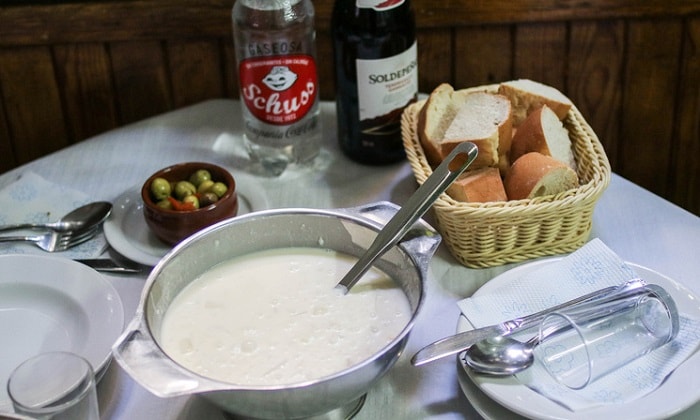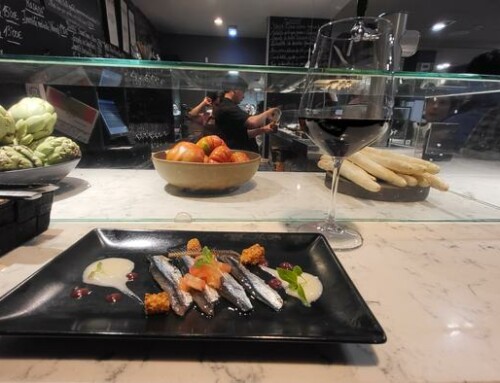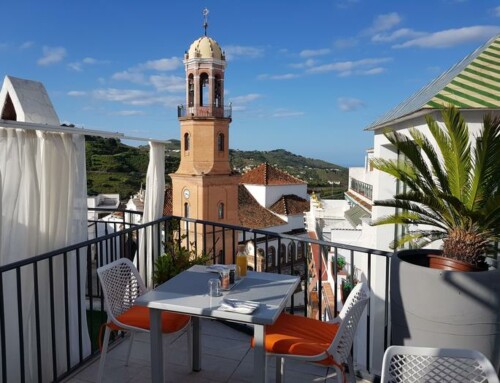The jewel of Spanish gastronomy, Jamón Ibérico is a treat that you simply cannot miss during your visit to Spain. To find out more about where it comes from, we offer a short trip up to Extremadura’s Dehesas (grazing land where Jamón Ibérico is made) with a stop at the municipality of Monesterio, a member of the Extremadura Ruta del Jamón Ibérico or Jamón Ibérico Route.
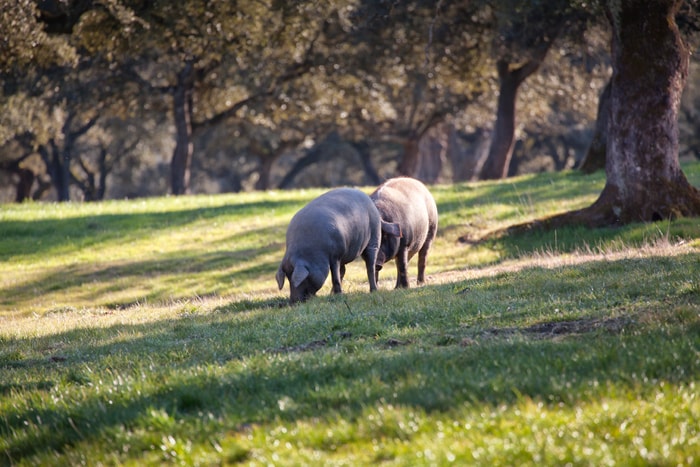
Source: Museo del Jamón de Monesterio
The southwest of the Iberian Peninsula has one of the most unique and paradigmatic natural ecosystems in the world: the dehesa. A mix of natural holm, gall and cork oak forests used by humans in the same way for thousands of years has resulted in an exceptional and very beautiful landscape.
These fields were used by ancient civilisations that lived in the area, all the way from the Iberians, Romans, Visigoths and Arabs to the Christian kingdoms of the Middle Ages. Although the origin of the dehesa dates back to the time of the Reconquista, it is during this period that the modern concept of the dehesa came to be.
From then on, farmers began to fence off their lands to protect them from the cattle that would pass through during seasonal migration. This is where we get the modern word dehesa, it comes from the Latin word defesa which means defence or enclosed pasture land.
It is the only area on the planet where an ecosystem like this exists, a Mediterranean forest that would otherwise be fairly useless had it not been altered by humans. It is made up of 3.5 million hectares of land distributed between Andalucia, Extremadura, Castilla y León, Castilla-La Mancha and Madrid.
Humans were able to transform poor terrain with little agricultural value into a place of great biodiversity. The main way they did this was by removing part of the forest, mainly low vegetation and scrub, to create space for extensive pastures where majestic holm, cork and gall oaks stand tall, providing shelter for the life below.
This was especially important for one type of very nutritious food, the acorn, which only one type of animal was able to eat, the Iberian pig.
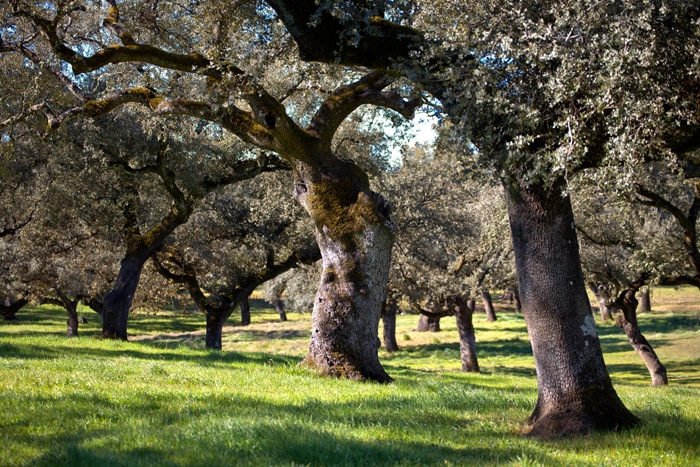
Source: Museo del Jamón de Monesterio
It is quintessentially the most representative species of this unique ecosystem and one of Spanish gastronomy’s national treasures. 1.3 million acorn or bellota-fed Iberian pigs are produced annually. Add to that another 1.9 million cereal-fed or cebo pigs. Different from the bellota pigs, the main distinction is in the way they are reared and the type of food they are given.
The bellota pigs eat a diet of mainly acorns, herbs and other things they can find as they travel around the area. In fact, it’s rare to take a walk through the dehesa without encountering these dark-coloured pigs with elongated legs and snouts, traits that make them look a lot like their close relative, the wild boar.
It isn’t unusual for many of these animals to walk several kilometres per day to search for their favourite food. In the case of the cebo pig, they spend their days on a farm and get their nutrition from feed.
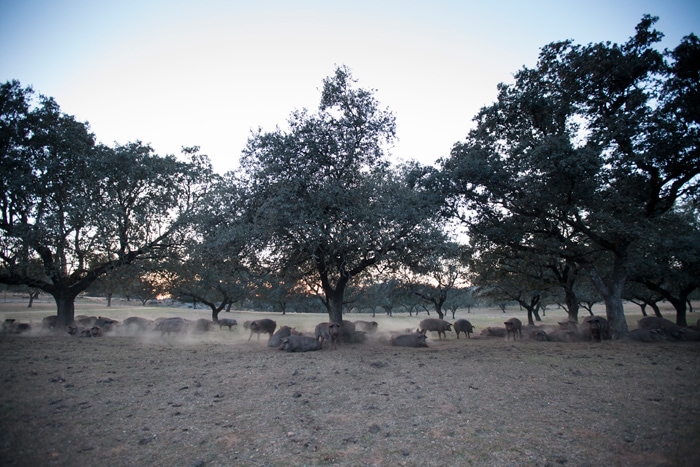
Source: Museo del Jamón de Monesterio
During the last phase of rearing, acorn-fed and free-range Iberian pigs roam large expanses of the dehesa in search of acorns. This causes their legs to become strong and muscly.
For a pig to gain one kilo, it needs to eat 12 kilos of acorns. This is only possible with an expanse of pasture land equivalent to one and a half football fields per pig.
This period is know as montanera and takes place from mid-October to the end on January.
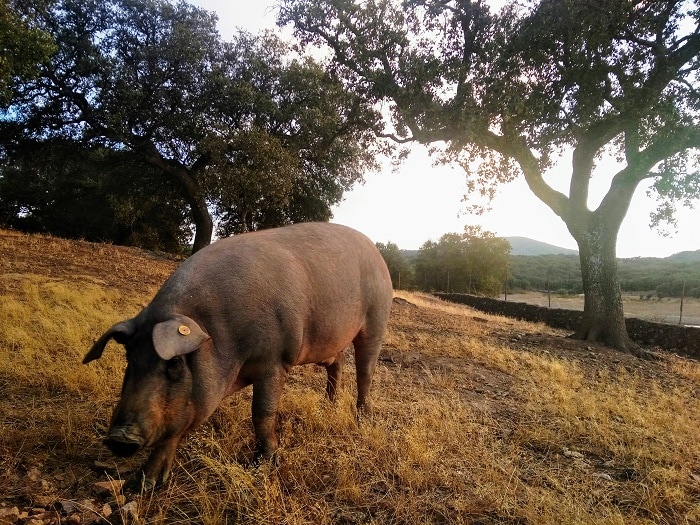
The Origin of Jamón Ibérico
Spain has a rich history of gastronomy based around the Iberian pig and the iconic Jamón Ibérico de Bellota.
In Extremadura, the “Dehesa de Extremadura” Jamón Ibérico route showcases this product par excellence in an educational way. The routes feature the history of the ham, natural landscapes, towns and, of course, places to taste it.
The gastronomic value of Iberian pork can be traced back several centuries. For example, at the Hill Fort of Villasviejas del Tamuja, which was inhabited from 400 BC until the 1st century BC.
There are archaeological references from the Romans, like a fossilised ham or coins in the shape of a ham, and writings by different authors recounting the life cycle of pigs as well as ways of salting and preserving the ham.
No one knows when the ham was first made. Legend has it that a pig fell in a saltwater lake and drowned. The animal was recovered by some herders who only roasted part of its meat. The rest they saved for future meals and this was how they discovered that the flavour was much more special, much more pleasant and that the meat could be preserved.
Process evolved over centuries until it was perfected and was enjoyed especially by Spanish kings which made it very famous. This is how we know about the Emperor Charles V’s love of Jamón Ibérico de Bellota. He became fond of the delicacy during his retirement in Yuste, a passion he passed on to his son, Philip II. Jamón Ibérico has seen great success all the way up to modern day, catapulting to international fame thanks to mentions of Spain by British writers and the presentation of the ham at world’s fairs during the 20th century.
The gastronomic value of Iberian pork can be traced back several centuries. For example, at the Hill Fort of Villasviejas del Tamuja, which was inhabited from 400 BC until the 1st century BC.
There are archaeological references from the Romans, like a fossilised ham or coins in the shape of a ham, and writings by different authors recounting the life cycle of pigs as well as ways of salting and preserving the ham.
No one knows when the ham was first made. Legend has it that a pig fell in a saltwater lake and drowned. The animal was recovered by some herders who only roasted part of its meat. The rest they saved for future meals and this was how they discovered that the flavour was much more special, much more pleasant and that the meat could be preserved.
Process evolved over centuries until it was perfected and was enjoyed especially by Spanish kings which made it very famous. This is how we know about the Emperor Charles V’s love of Jamón Ibérico de Bellota. He became fond of the delicacy during his retirement in Yuste, a passion he passed on to his son, Philip II. Jamón Ibérico has seen great success all the way up to modern day, catapulting to international fame thanks to mentions of Spain by British writers and the presentation of the ham at world’s fairs during the 20th century.
Jamón Museum
If you want to know more about Jamón Ibérico, its history, how it is made, its characteristics, and anything else you might want to know, visit the municipality of Monesterio, which is part of the Extremadura Ruta del Jamón. There, in its Jamón Museum, you can find all sorts of information on the rearing of the pigs and the production of Jamón Ibérico.
From a reproduction of Extremadura’s dehesa including to-scale Iberian pigs under oak trees, to a tour of all the processes involved in the making of Jamón Ibérico de Bellota, immersing yourself in the life of a local family preparing for the traditional slaughter of the Iberian pig in an explanatory video full of charm, which shows how the Iberian pig is of paramount importance in the lives of the locals.
The museum has invaluable information that will help you to understand the qualities of Jamón Ibérico de Bellota. You can even take part and test a ham to see if it is cured. Just like the experts, you can extract a piece of the ham from a full-size model to smell for its optimal curing point.
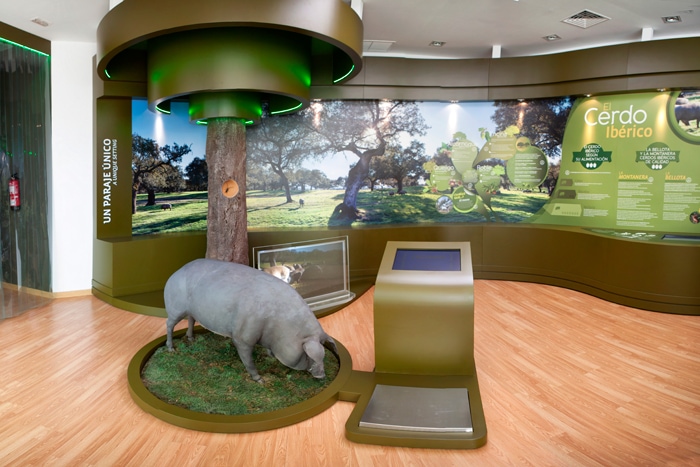
Source: Museo del Jamón de Monesterio
Learn about the dehesa, its trees and its product par excellence, Jamón Ibérico, through interactive information boards. A new board shows how to tell the quality of a ham depending on its breed and how it is fed. Interactive videos show how traditional and industrial matanza is carried out. You can also see the different tools used in the process as well as samples of the different sausages, what makes them different and how they are seasoned.
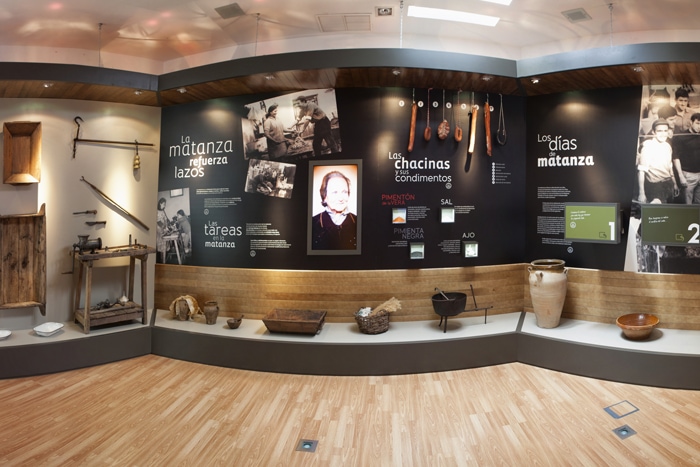
Source: Museo del Jamón de Monesterio
The museum also offers very good recommendations on where in the area to buy or taste the ham. They also have some coupons and discounts for visitors.
If you are looking for something a little bit different, there are also some hiking routes near Monesterio that will bring you right into the dehesa, allowing you to observe Iberian pigs in their natural habitat. Another good idea is to visit the monasterio de Tentudía or the Monastery of Tentudia, the highest up monastery in Badajoz province, with beautiful views of the surrounding nature where Iberian pigs, torchbearers of Spanish gastronomy, roam.
Where to Eat in Monesterio:
We definitely can recommedn you any of these:
- Honkey Tonk– an extremeña tavern.
- Los Templarios– traditional restaurant.
- El Rinconcillo Restaurant-a modern approach to the traditional cuisine
Don’t forget to share this post!
Related Articles
↓
Sign up for our Newsletter and get the inside scoop on our favorite recipes,
exploring and devouring Spain and more.
